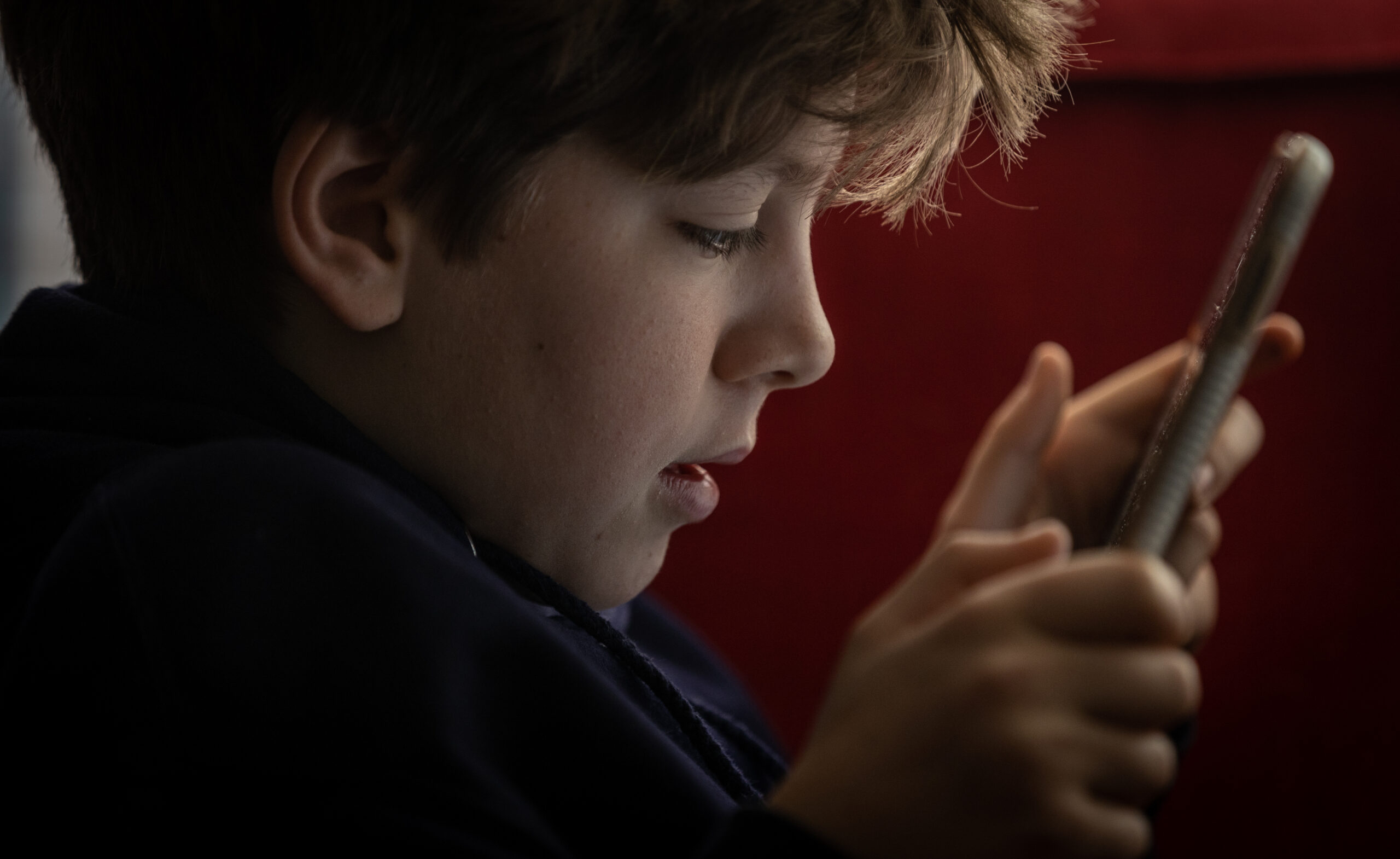Politics
Make social media random rather than scale-free.

(Photo by Matt Cardy/Getty Images)
A specter more horrifying than communism is haunting Washington: bipartisanship. The pestilence has returned to batter the Chinese technology company ByteDance and its flagship application, TikTok.
The popular app is a conduit for Chinese cyber-warfare efforts. No government but ours has been so slow to tend to the salus populi, but the threat TikTok poses to national security has stirred Washington to action. The elite’s attempted attack on the app represents the “kid soccer” swarm pattern we have grown accustomed to on so many issues.
I don’t often believe that much is possible in Washington today. Most intelligent solutions are what political people call “outside the Overton window” and computer scientists might call “regime hard.” But in this case, there are options that are both effective and politically feasible. These solutions become clearer if one takes a step back and considers the problems of social media more broadly.
Any attempted solution to the TikTok threat that mortally threatens Big Tech companies, especially American ones, will be a political non-starter. Although norms are regularly breached when it suits the elite, some breaches are difficult to sell to the public, and the government closing down an internet application would seriously breach expectations. It is safe to assume that anything that obviously imperils the fortunes of the Democratic Party or opposes “wokeness” is a non-starter. Anything that “harms” a favored constituency or lobby, or that elevates those of the “wrong sort” will not work.
Many of the major problems associated with social media— addictiveness, the proliferation of socially and neurologically destructive content, and threats to national security—can be mitigated in one fell swoop, in a way that avoids these pitfalls. Congress should require social media apps to create their social networks to be “random” rather than “scale-free.”
A scale-free network is one that contains nodes, or users, with a high degree of “preferential attachment,” and thus many more connections, than other nodes within the network. Scale-free networks allow growth in the network to accrue mostly to preferred users by presenting the accounts of preferred users more often than their non-preferred counterparts. If you plot a graph with the number of users in a scale-free network against the number of their connections, you will get a power-law distribution rather than a bell curve. In a random network, in which users are presented to other users stochastically, there would still be variance between each user’s number of connections, but the distribution of users by number of connections would resemble a bell curve.
Most real-life social networks are random networks, or at least can be thought of as bell curve distributions. There are, after all, only so many acquaintances a person can have. A particularly charismatic person might have many more than average while a wallflower might have none, but compared to a scale-free network such as Twitter, it won’t vary by much.
One should not confuse the fact that real-life social networks can have a “small world” effect with them being scale-free. The small world effect is the famous “six degrees of separation” phenomenon that emerges from the combination of clusters with random links. A scale-free network, on the other hand, requires growth and a higher degree of clustering than is necessary for the creation of a small-world network, though some small-world social networks—such as one that spreads a disease—can effectively resemble scale-free networks if growth is substantial.
Subscribe Today
Get weekly emails in your inbox
Social media apps can be made into random or, at worst, small-world networks by taking measures such as limiting a user’s number of followers or creating random links between clusters of users. If Congress and federal regulators believe a company is not doing this, the agency responsible for enforcement could hire an expert witness to create visualizations of the network topography. The social media company could do the same in their defense. The consequences of this change would be the end of “influencers,” and fewer instances of content going “viral.” Most of the destructive and addictive content can be linked to those incentives.
It might be objected that influencers would resist this change. But there are not very many of them; only the ones at the very top earn any significant amount of money, and they have no mechanism of coordination. Furthermore, some might find a way to live with this change. The effect on the consumer of social media would similarly be positive. While the most interesting and worthwhile influencers would be harder to listen to, it would still be possible. In any case, it would be the equivalent of reverting the music industry to before the winner-take-all effects induced by the record player and radio. You had professional musicians in every neighborhood, and while the top musicians could play to larger and more frequent crowds, there was a limit. Was music worse in the 18th century?
In fact, Facebook used to be like this, so we know it can work and be profitable. It was the norm before Twitter and Instagram exploded on the scene. When it was the norm, short-film companies like Vine and Beme could not be made profitable. Their odious Chinese successor would likely suffer the same fate if such a rule were applied to all social media.


